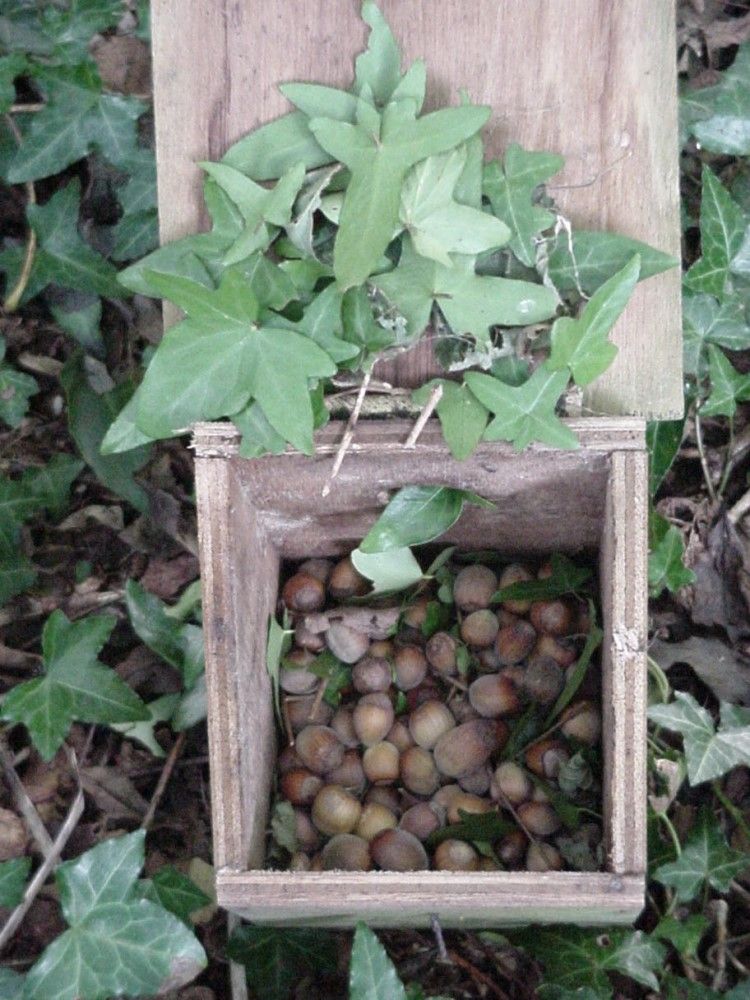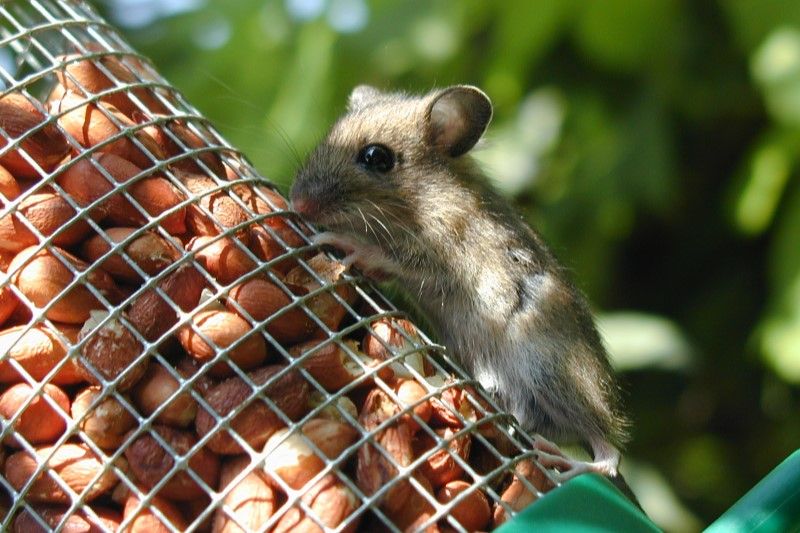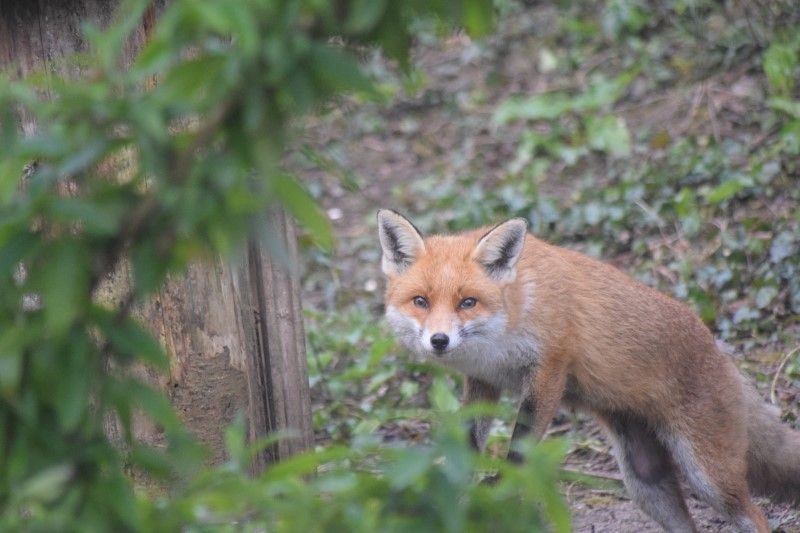One of the most useful things to be able to do is predict the future. This is made easier, of course, when the future repeats itself, when spring follows winter, follows autumn, follows summer, follows spring, and lots of animals are adept at predicting future circumstances. You might remember Paul the Octopus who successfully predicted the winners of all seven of Germany’s matches, and the final, in the 2010 FIFA World Cup: that was just a lucky streak.
A well-stocked larder
A better bet is that food might not always be plentiful. Hoarding (or caching) surplus food for when it might be scarce, is one strategy against lean times. Many species hide food in this way and, among mammals, it’s most common in rodents and carnivores. Some are well known for it: the Dutch, Swedish and German words for ‘to hoard’, hamsteren, hamstra, and hamstern, namecheck one particular rodent…

In Britain, wood mice (Apodemus sylvaticus) are similarly industrious, storing acorns, ash and sycamore seeds in underground burrows to eat through the winter. Phil Gates, in the Guardian, describes how he ‘tried to test the limits of [a wood mouse’s] hoarding instinct, using shelled hazelnuts fetched from the kitchen and lined up along the path.’ Once the mouse had figured out how to carry the bulky nut in its jaws, he writes ‘it threw caution to the wind, and its urge to hoard was relentless, snaffling 34 kernels before I ran out of bait.’
Photo: Wood mouse nut stash found in a hazel dormouse nest box.
The alternative to ensuring a single, well-stocked larder is a more scattergun approach, creating lots of small, dispersed hoards. This is the strategy of squirrels. Red and grey squirrels (Sciurus vulgaris and Sciurus carolinensis) begin to cache foods in late summer or autumn, as husked nuts ripen, and stop at the onset of winter. Beech nuts, acorns and other seeds are buried in shallow holes, and red squirrels stash fungi in tree crevices. Most of these caches are probably retrieved – it’s been found that squirrels have excellent spatial memories and probably use smell, as well, to locate caches – and make up a significant part of the diet in winter.
But squirrels are clever. They’ll look out for caches that aren’t their own. If your neighbours are family members, you might be content to share and share alike, but when they’re not… well, the gloves are off. When competitors are around, squirrels will move caches to the centre of their territory, further from where they were found, but easier to defend, and if a squirrel with food thinks it’s being watched, it will only pretend to bury the cache, misdirecting potential pilferers, or turn its back on the onlooker.
There are pros and cons to both scatter and larder hoarding. A single larder is easier to remember the location of, but if it’s raided, there’s more to lose. Foxes (Vulpes vulpes) do both.
Scatter cache
Typically, foxes scatter hoard leftovers, placing the food into a hole they’ve dug and pushing the soil and vegetation on top with their snout. They do so instinctively, from about six weeks of age, but get better at concealing the cache as they get older. They can, however, be rather slapdash about the business: in their studies of foxes in Bristol, Stephen Harris and Phil Baker noted that prey would often be cached with feathers and wings sticking out from the ground.
In urban areas, food tends to be buried in flower borders, pots and lawns, but it’s also been known to be stashed in parked cars… the suggestion being that cars parked in urban areas tend to stay put and so are safe caching sites.
Larders and scatter caches are a way of betting against the lean times of winter, but like everything in nature, it fits into a bigger picture too. Squirrels are a good example. In a piece on the fantastically informative Wildlife Online site, Marc Baldwin makes the point, ‘Here in the UK, both reds and greys contribute to tree dispersal and reds, in particular, to fungi dispersal. It is ironic to think that an introduced species that is generally considered detrimental to our woodland ecosystem may nonetheless play an important role in regenerating our native woodland.’
Get involved with our mammal watching surveys, Living with Mammals today or visit our mammal fact files to learn more about British mammals:
Header image credit Neil Walker, Shutterstock


